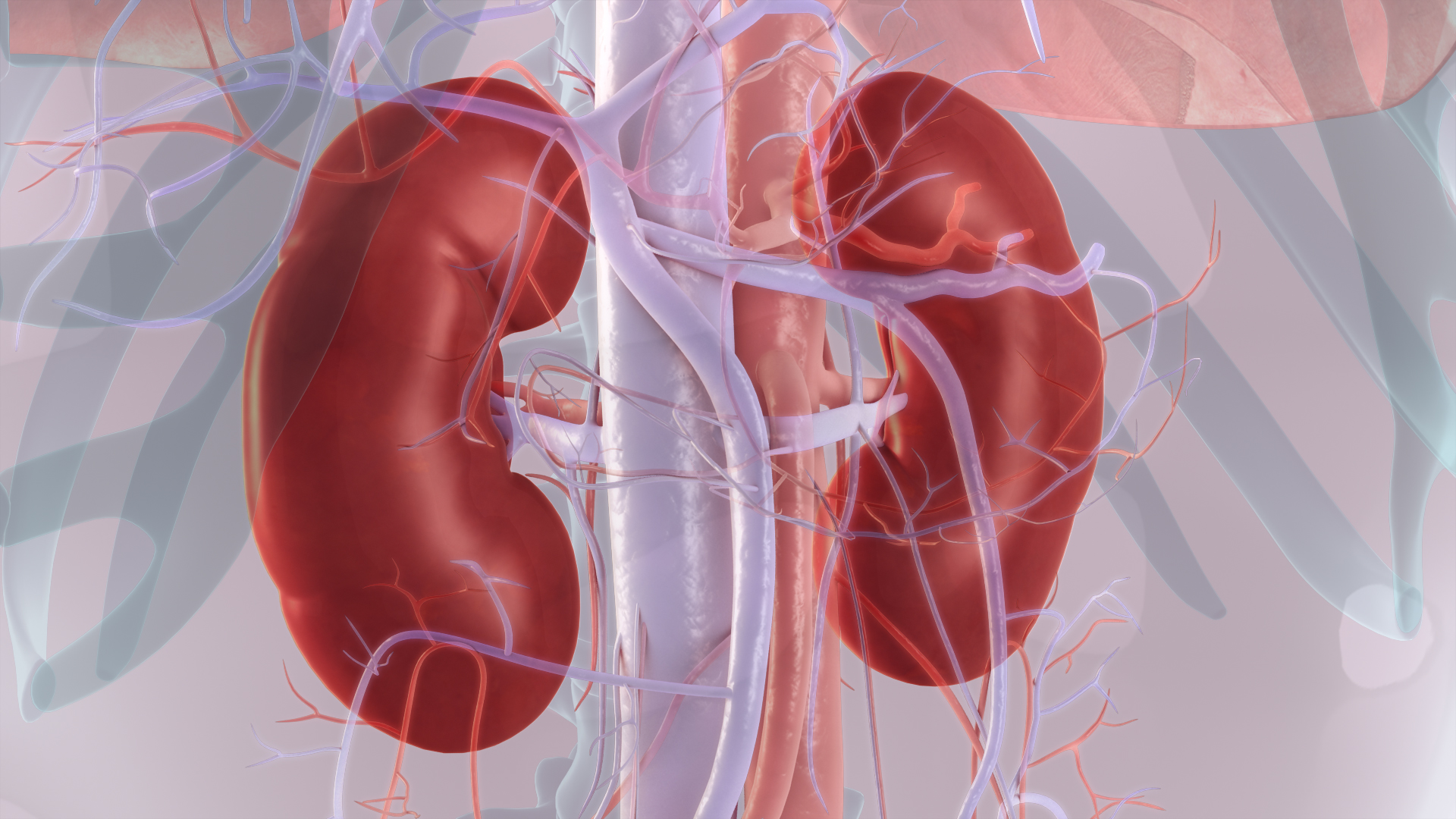In 2014, 410,000 Americans lost their lives with hypertension as a primary or contributing cause.1 Even more surprising is that more than half of hypertensive Americans do not use a blood pressure monitor or take medications to control it. 1 The Centers for Disease Control and Prevention has stated that uncontrolled hypertension is the leading cause of heart attacks.1 In fact, hypertension is far more sinister because it affects blood vessels that feed all vital organs and it does so in a clandestine manner.
What is Normal Blood Pressure?
Normal blood pressure is less than 120/80.
The first number in the reading is the systolic pressure, a measurement of the pressure inside your arteries when your heart beats. The second number is the diastolic pressure that indicates the pressure between two consecutive beats, or the resting phase of your heart.
Based on your numbers, you may be diagnosed with one of the following stages of high blood pressure, based on which, your treatment strategy would also vary.
Stage 1 Hypertension: When the systolic blood pressure ranges between 140 and 159 and the diastolic pressure is between 90 and 99, you are considered to be in stage 1.
Stage 2 Hypertension: In this stage, the systolic pressure is 160 or higher while diastolic pressure is 100 or higher.
Hypertension is a silent killer
In hypertensive patients, arterial damage can occur for years without any obvious signs.2 One in five Americans with hypertension don’t know they have it.2 In fact, the earliest symptoms of hypertension appear at an advanced stage.2, 8, 9, 12 As a result, it often remains undiagnosed for years. Regular blood pressure checks are the only way to monitor and assess risk.
Even hypertensive symptoms are inconspicuous. Hypertension manifests with often ignored symptoms like headache and fatigue. So early diagnosis remains a challenge. Most patients seek medical help only when they face severe symptoms like chest pain, blood in the urine or breathing difficulties.
Kidneys, lungs, eyes, all affected by one condition
Some of the high blood pressure symptoms…
One of the first organs that hypertension debilitates is your kidney.3 The renal artery, 7, 10 the vessel carrying blood towards the kidney, stiffens leading to increased blood pressure in this region. This condition is known as renal hypertension. 3, 7 A condition that follows from renal hypertension is chronic kidney disease, 7, 10, 12 which impedes the kidney’s abilities to filter off our body’s toxic wastes.

Hypertension can also disrupt blood vessels in your eyes. Untreated it can increase the blood pressure of the retinal passages.6 The condition, known as hypertensive retinopathy, can be treated only by controlling your blood pressure numbers.
Untreated hypertension can precipitate medical event where a patient cannot breathe normally and feels dizzy. The underlying condition, where fluid fills in the lungs, is known as pulmonary edema or pulmonary hypertension. For severely hypertensive patients, this can happen at anytime. 4, 9 So, controlling blood pressure is paramount.9
Not all exercises are equal when it comes to hypertension
It’s no secret that regular exercises improve heart health and that they maintain blood pressure numbers consistently. We also know that maintaining blood pressure numbers is key to managing hypertension. But what many people aren’t aware of is that activating more muscles during workouts augments the effects of blood pressure medications. 8 So while on blood pressure medicines, a varied exercise regime is better. For example, yoga + sport with some meditation, is more balanced than any one alone. We have always been told that we should balance our meals. It makes logical and intuitive sense that we should do the same for exercise.
References
1. High Blood Pressure Fact Sheet2. A Visual Guide to High Blood Pressure
3. What Is Renal Hypertension?
4. 5 Misconceptions About High Blood Pressure
5. Your High Blood Pressure and Sex Life Assessment
6. Ocular Hypertension
7. Renal Artery Stenosis
8. Frequently Asked Questions About High Blood Pressure
9. High Blood Pressure and Hypertensive Crisis
10. Angiotensin II Receptor Blockers (ARBs) for High Blood Pressure
11. High Blood Pressure and Diuretics (Water Pills)
12. Hypertension Assessment
The Five Stages of the Disease That 13 Million Americans Don’t Know They Have
26 million American adults are affected by Chronic Kidney Disease (CKD). Most of them, however, don’t know it. This is because diagnosis of the diseases often only happens in the latter stages of this progressive disease. Read More..








